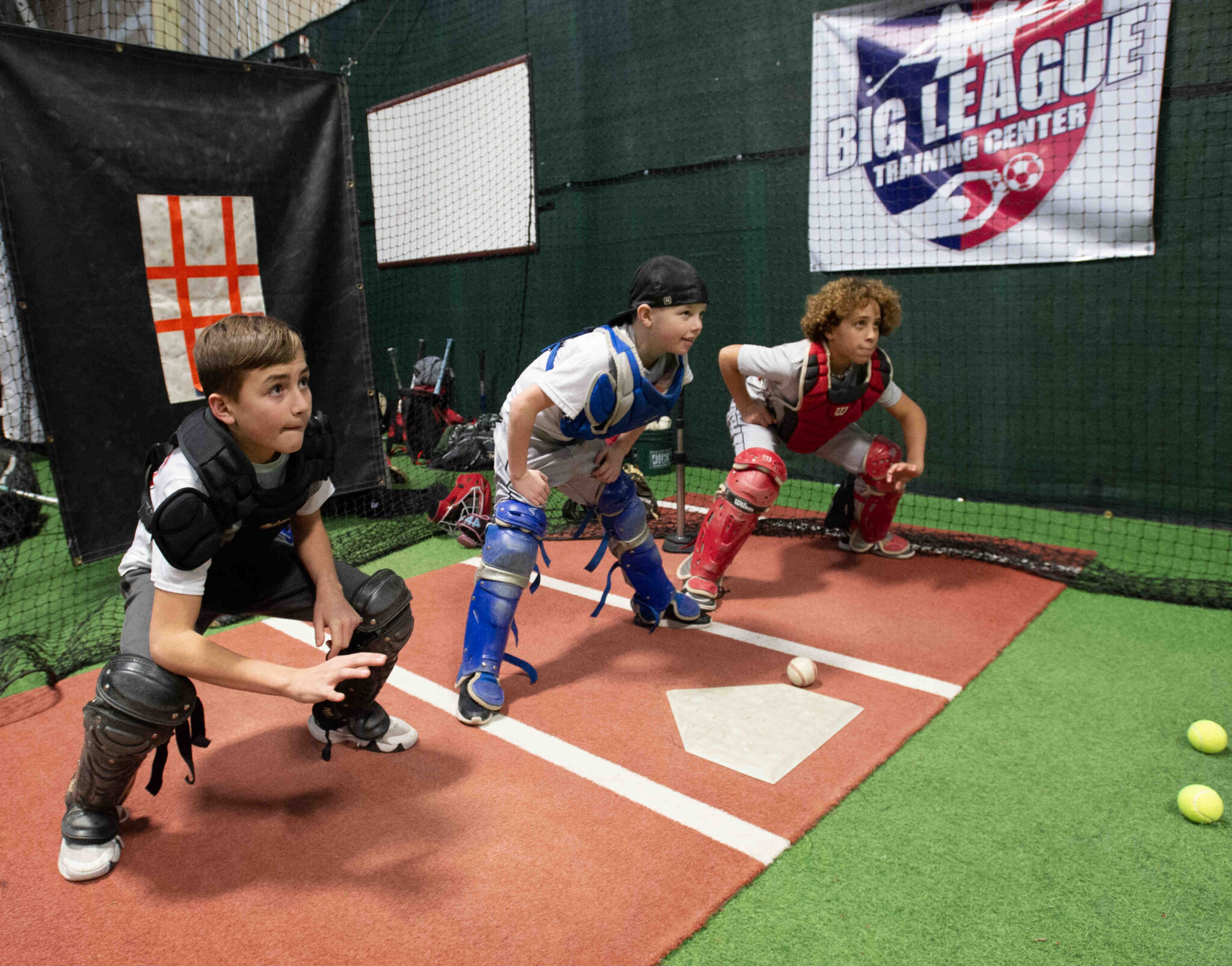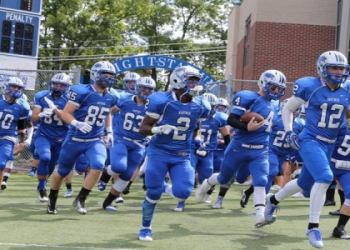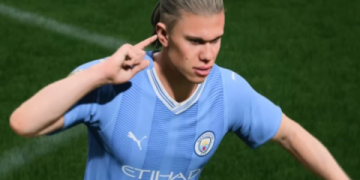Walk through the sliding glass doors of the Big League Training Center at 6:00 a.m. and the first thing that hits you is the sound—sharp, relentless, almost musical. Cleats click against laser-leveled turf, weighted baseballs thud into state-of-the-art impact nets, and high-speed cameras whir like tiny helicopters tracking every micro-movement. This is not a gym; it’s a high-performance factory built for one purpose: turning raw athletic promise into big-league reality.
Spread across 42,000 square feet on the outskirts of Nashville, the facility was designed with input from five MLB organizations, two Premier League soccer academies, and a stealth team of biomechanical Ph.D.s. The result is a seamless blend of sports science and old-school grit. A 120-yard indoor field—turf so fresh it still smells like a Friday-night football opener—sits under a translucent roof that filters natural light, eliminating stadium-shadow “strobe” effects during high-speed video review. Hitters can pivot instantly from cage work to live BP against a programmable pitching machine that replicates any big-league arm slot at ±0.2-mph accuracy. Want to face 2019 Gerrit Cole? The algorithm already knows his release height, spin axis, and seam-shifted wake.
Behind home plate, a 40-foot LED wall called the “Decision Window” flashes life-size video of the actual pitcher you selected. When the ball leaves the virtual hand, twin 10,000-fps cameras trigger, capturing hip-shoulder separation, bat path, and ball exit in under 0.003 seconds. By the time the hitter finishes his follow-through, an iPad in the dugout displays a 3-D heat map of barrel accuracy, adjusted for pitch location, velocity, and perceived “late break.” Players joke that the system is “Judge, jury, and batting coach,” but the numbers don’t lie: athletes who log 60 supervised sessions improve average exit velocity by 4.7 mph and reduce swing-and-miss percentage by 18 percent.

The second floor houses the “G-lab,” short for gravitation lab. Think anti-gravity treadmills, force-plate squat racks, and a pneumatic squat device that can unload up to 80 percent of body weight so pitchers can rehearse hip drive without elbow stress. Wearable nanosensors—each lighter than a postage stamp—attach behind the ear and along the ulnar collateral ligament, pinging real-time data on torque, arm speed, and shoulder rotation. If valgus stress exceeds 95 percent of the athlete’s historical safe threshold, the system auto-texts both the player and the pitching coordinator, recommending an immediate shutdown or modified grip. In its first three years, the center has logged 1.8 million high-stress throws; zero required post-throw Tommy John surgery.
Nutrition is equally algorithmic. A biometric cafe opens at 5:30 a.m. and closes at 10:00 p.m., dispensing meals calibrated to an athlete’s daily DEXA scan. Morning linemen might receive a 1,200-calorie “power pod” loaded with 47 grams of slow-release casein, while afternoon rehab guys get collagen-rich bone broth fortified with vitamin C to accelerate connective-tissue synthesis. Even the coffee is personalized: caffeine dose is weighed to the milligram based on genetic COMT polymorphisms—fast metabolizers get an extra shot; slow metabolizers get decaf plus L-theanine to blunt jitters.
Mental performance, long the last frontier, is tackled inside six “flow pods”—soundproof, egg-shaped rooms lined with 7.1 surround speakers and programmable LED skies. Athletes slip on EEG headbands that translate brainwaves into visual scenery. Reach an alpha-dominant state and northern lights ripple across the ceiling; drift into high-beta anxiety and the aurora flashes red, cueing a micro-intervention: diaphragmatic breathing prompts, binaural beats at 432 Hz, or a 30-second personalized pep talk recorded by their childhood coach. Over 12 weeks, users cut average heart-rate variability recovery time in half, translating to faster in-game decision-making under stress.
But tech is only half the story. The heartbeat of Big League Training Center is its people. Head of Player Development Marco “Sarge” Santiago, a 12-year MLB catcher, still wears weather-scarred shin guards during catching clinics. “The algorithm can tell you your swing is 2.3 degrees steep,” he barks, “but it can’t tell you how to breathe when 40,000 New Yorkers want your head on a platter.” Between data dives, players field grounders bare-handed on a skin-infield strip modeled after the old Phillie’s Academy—red clay, stray pebbles, and the occasional goat-head sticker to teach instincts no sensor can quantify. Alumni return every off-season, not for publicity shots but to run the same 5:45 a.m. hill sprints that forged them. Kids fresh out of high school share locker rows with $300-million free agents; the only hierarchy is effort, measured in liters of sweat.
Results are spilling onto the biggest stages. Last season alone, 27 alumni made Opening Day rosters; eight became first-time All-Stars. A rookie shortstop who added 11 mph to his throw across six months credits the center’s “small-ball chaos drill,” where grounders are fired at odd-angled funnels, forcing instinctive footwork impossible to script. Meanwhile, a 33-year-old reliever who reinvented his slider here just signed a two-year extension after three organizations wrote him off. “They didn’t change who I am,” he says. “They reminded me.”
As dusk settles, the overhead LEDs shift to sunset mode, bathing the field in gold. A 17-year-old pitching prodigy from rural Kansas fires his final strike of the night; the radar gun flashes 97.3 mph, a personal best. He glances at the Decision Window—spin efficiency up 8 percent, elbow torque down 6. For the first time all day, he smiles. Somewhere in the stands, his father quietly videos the moment, unaware that every data point of this pitch has already been archived, cross-referenced, and woven into the living genome of the Big League Training Center—an ever-expanding blueprint for greatness, one throw, one swing, one heartbeat at a time.
















